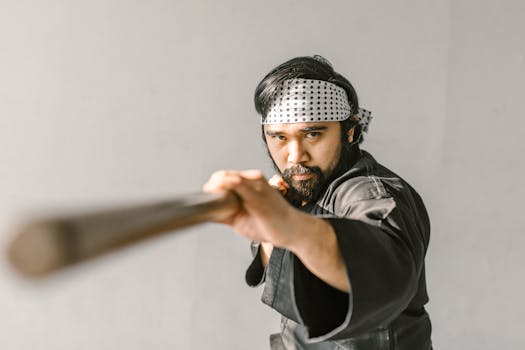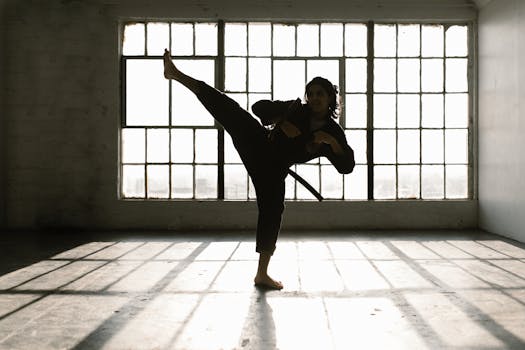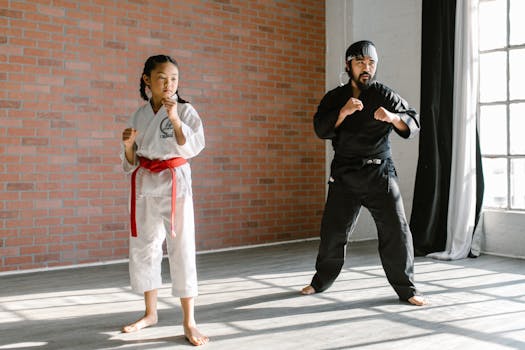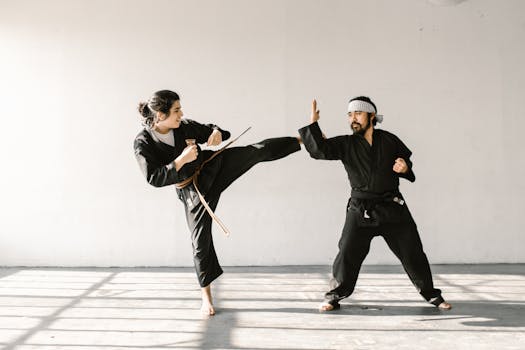The Impact of Martial Arts Variation in UFC Combat
Mixed Martial Arts (MMA) has surged in popularity over the past few decades, largely thanks to the Ultimate Fighting Championship (UFC). UFC fighters come from a myriad of martial arts backgrounds, each bringing unique strategies and skill sets to the octagon. This diversity not only enriches the sport but also significantly impacts the outcomes of fights. In this article, we'll explore how different martial arts disciplines influence UFC combat, examining the advantages and disadvantages of each and providing practical examples of their impact.
Diversity of Martial Arts in UFC
MMA is a melting pot of combat sports, with practitioners blending techniques from various martial arts to gain a competitive edge. Key martial arts seen in the UFC include Brazilian Jiu-Jitsu (BJJ), Muay Thai, Boxing, Wrestling, and Judo, among others. Each style brings distinct strengths and weaknesses to a fight, influencing a fighter's approach to training and competition.
Brazilian Jiu-Jitsu (BJJ)
BJJ focuses on ground fighting and submission holds, aiming to control an opponent and force them to submit. Notable UFC fighters like Royce Gracie and Demian Maia have demonstrated the effectiveness of BJJ in the octagon.
Advantages:
- Dominance on the ground
- Effective submission techniques
- Ability to finish fights without striking
- Less emphasis on stand-up fighting and striking
- Potential vulnerability against strong strikers
- Powerful striking capabilities
- Utilization of elbows and knees for close combat
- Strong clinching techniques to control the opponent
- Possible limitations in ground fighting
- High energy expenditure can lead to fatigue
- Ability to control the pace and position of the fight
- Effective in neutralizing high-level strikers
- Facilitates ground-and-pound tactics
- Less focus on submission compared to BJJ
- Can be less entertaining for fans preferring stand-up exchanges
- Precision and power in punches
- Excellent footwork and movement
- Ability to maintain distance and control timing
- Limited techniques in kicks and ground fighting
- Potential vulnerability against versatile strikers or ground specialists
Disadvantages:
Practical Example: Royce Gracie, in the early UFC events, showcased the power of BJJ by submitting physically stronger opponents who were unfamiliar with ground fighting.
Muay Thai
Known as the "Art of Eight Limbs", Muay Thai utilizes punches, kicks, elbows, and knees. Fighters like Anderson Silva have used Muay Thai effectively to achieve knockout victories.
Advantages:
Disadvantages:
Practical Example: Anderson Silva's UFC career highlights the devastating impact of Muay Thai strikes, particularly his front kick knockout against Vitor Belfort.
Wrestling
Wrestling in MMA focuses on takedown and control techniques, allowing fighters to dictate where the fight occurs. Champions like Daniel Cormier have used their wrestling background to control opponents and win matches.
Advantages:
Disadvantages:
Practical Example: Daniel Cormier’s use of wrestling against Anthony Johnson, a renowned striker, showcased how effective wrestling can be in neutralizing stand-up threats.
Boxing
Boxing provides fighters with sharp striking skills focused on punches. Notable UFC boxers like Conor McGregor have utilized boxing to outstrike their opponents and achieve knockouts.
Advantages:
Disadvantages:
Practical Example: Conor McGregor’s knockout punch against Jose Aldo demonstrated the lethal precision and timing of boxing in MMA.
Conclusion
The variation of martial arts in UFC combat has made the sport incredibly dynamic and unpredictable. Each martial art brings its unique set of techniques, strategies, and challenges to the table. Fighters who can effectively integrate multiple disciplines tend to excel in the modern landscape of MMA. For fans and practitioners, understanding these variations not only enhances the viewing experience but also enriches their appreciation of the complexities involved in UFC combat.
For those interested in delving deeper into the world of MMA and UFC, exploring these different martial arts can provide valuable insights into the strategies that define the sport. Whether you are a budding practitioner or a seasoned fan, the diverse world of UFC martial arts has something to offer everyone.

.png)





